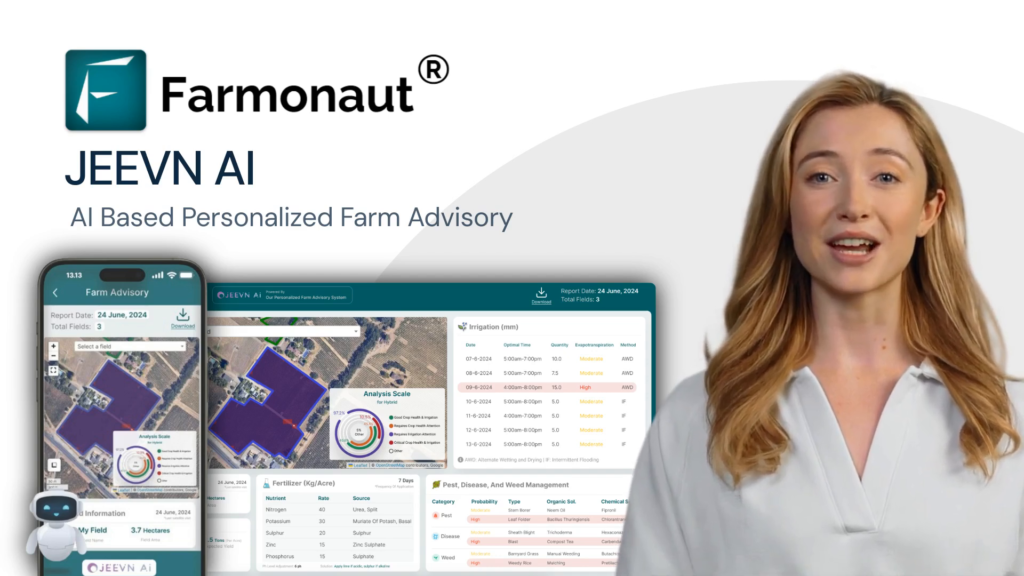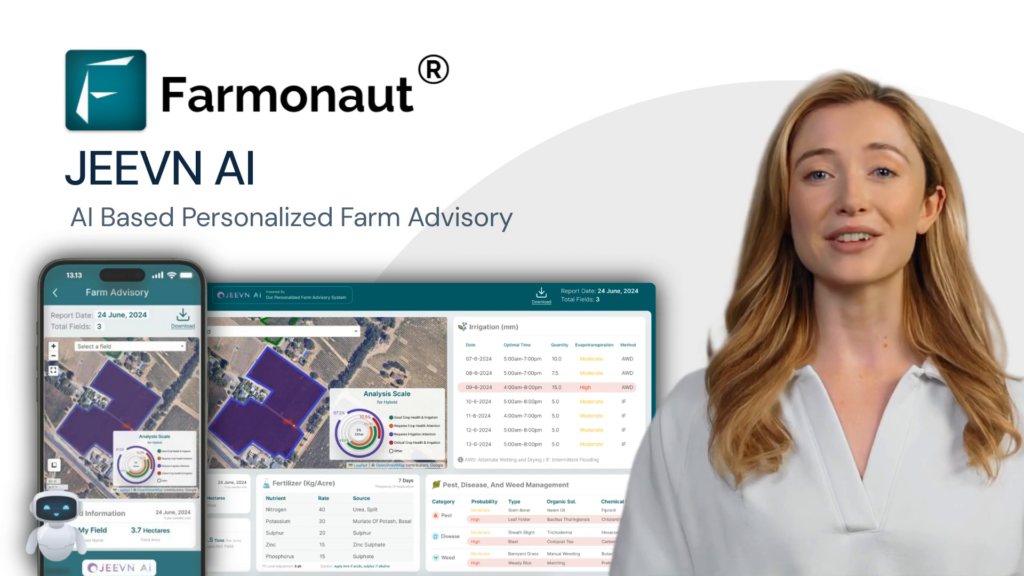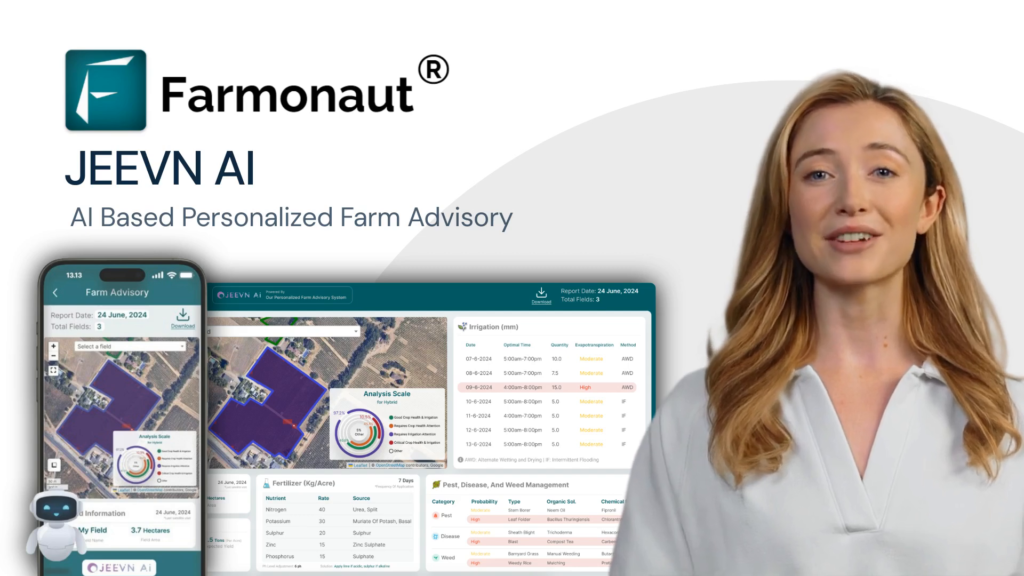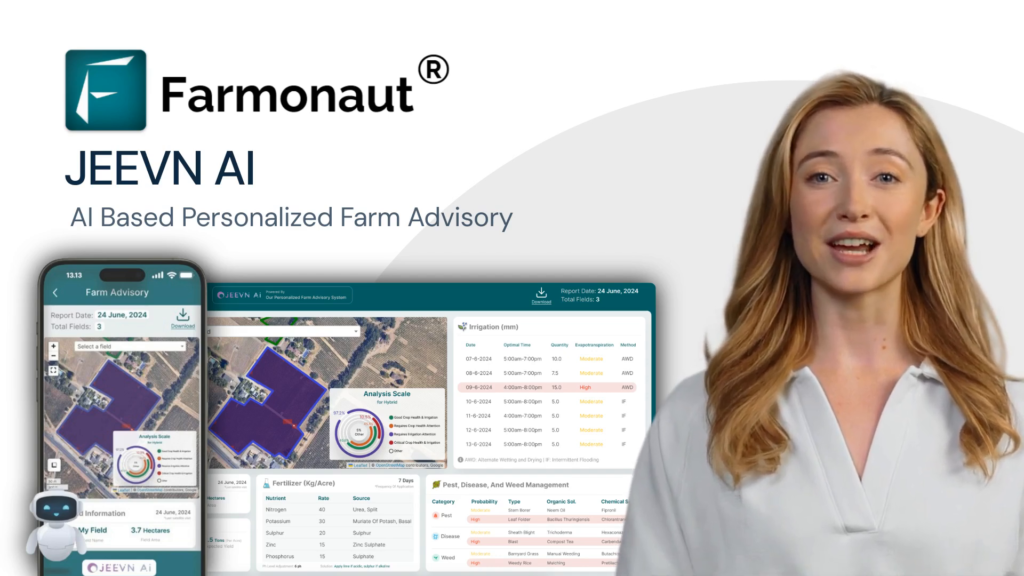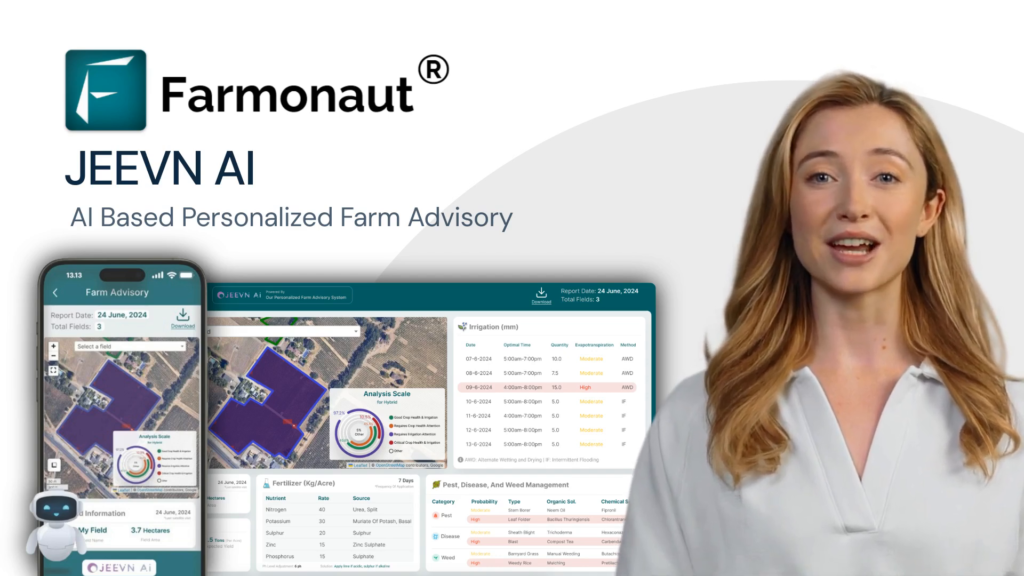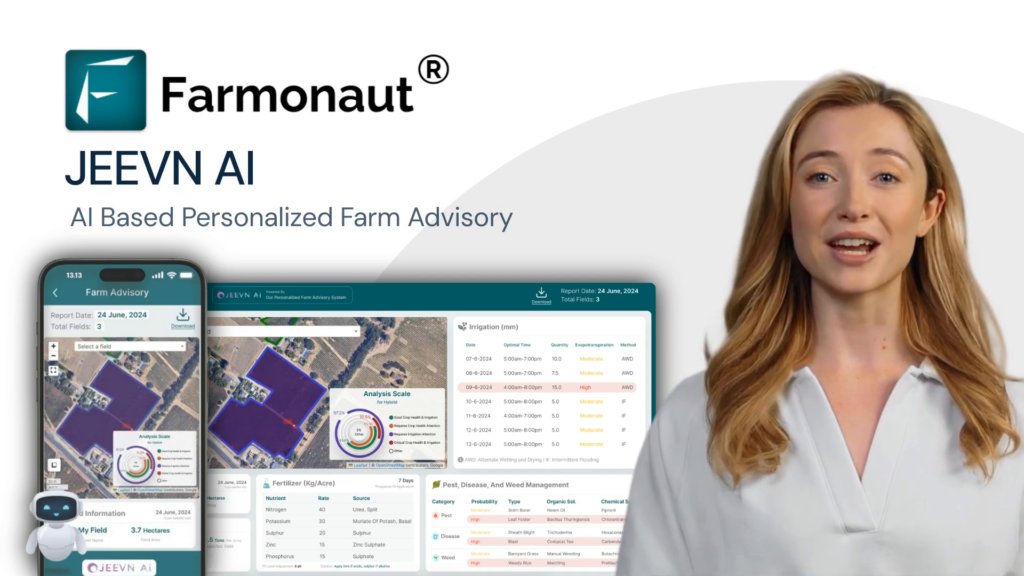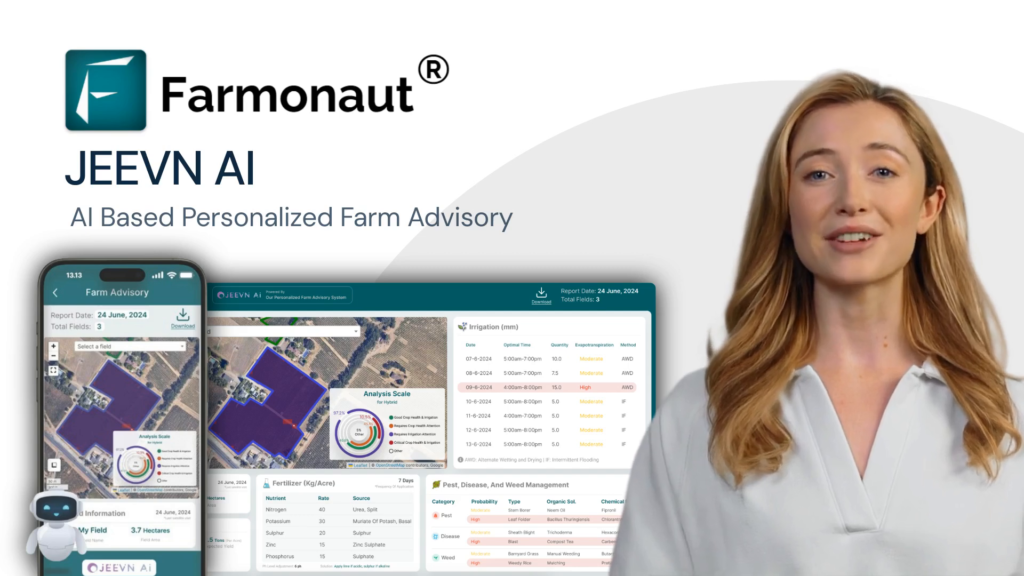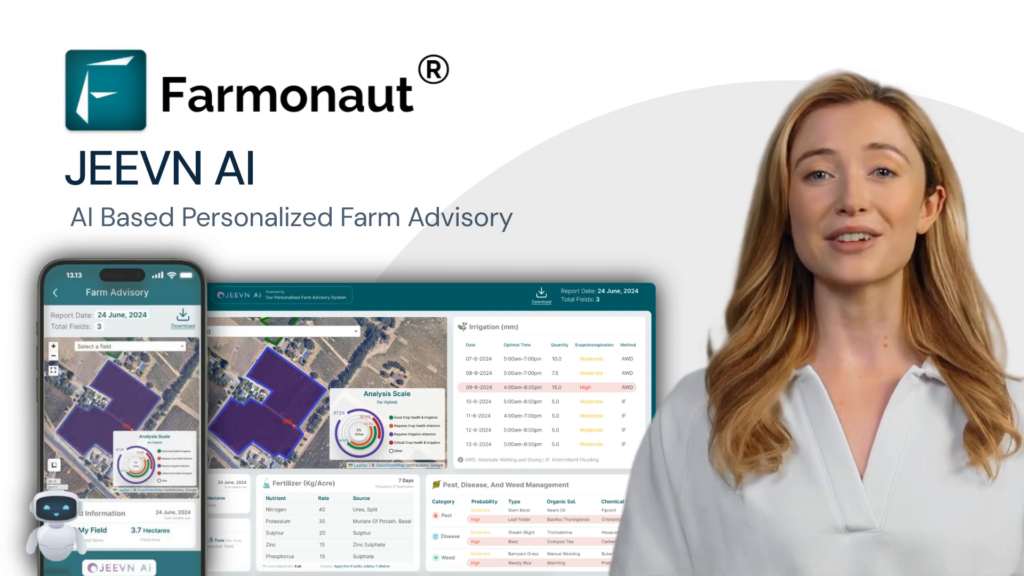End of an Era: Ohio Farm Equipment Dealer Closing After 45 Years of Serving Local Community
“After 45 years of operation, an Ohio farm equipment dealer’s closure impacts access to essential tools for local farmers.”
As we reflect on the changing landscape of agricultural businesses in Ohio, we find ourselves at a pivotal moment for the farming community in Washington Court House, OH. The announcement of Anderson Equipment, Inc.’s closure after 45 years of dedicated service marks the end of an era for local farmers and the agricultural sector in the region. This development not only impacts the availability of farming equipment and services but also raises important questions about the future of farm support in our area.
The Legacy of Anderson Equipment, Inc.
For nearly half a century, Anderson Equipment, Inc. has been a cornerstone of the Washington Court House farming community. Located at 9611 Post Road, this establishment has been more than just a business; it has been a trusted partner for generations of farmers, providing essential farming equipment, parts, and services that have kept our agricultural sector thriving.
Specializing in short-line farming equipment and grain handling products, Anderson Equipment has been the go-to source for farmers seeking quality tools and machinery. Their expertise in brands such as Great Plains, Landpride, Remlinger, J&M Manufacturing, Brandt, Westfield, and Kinze has made them an invaluable resource for both seasoned farmers and those new to the industry.
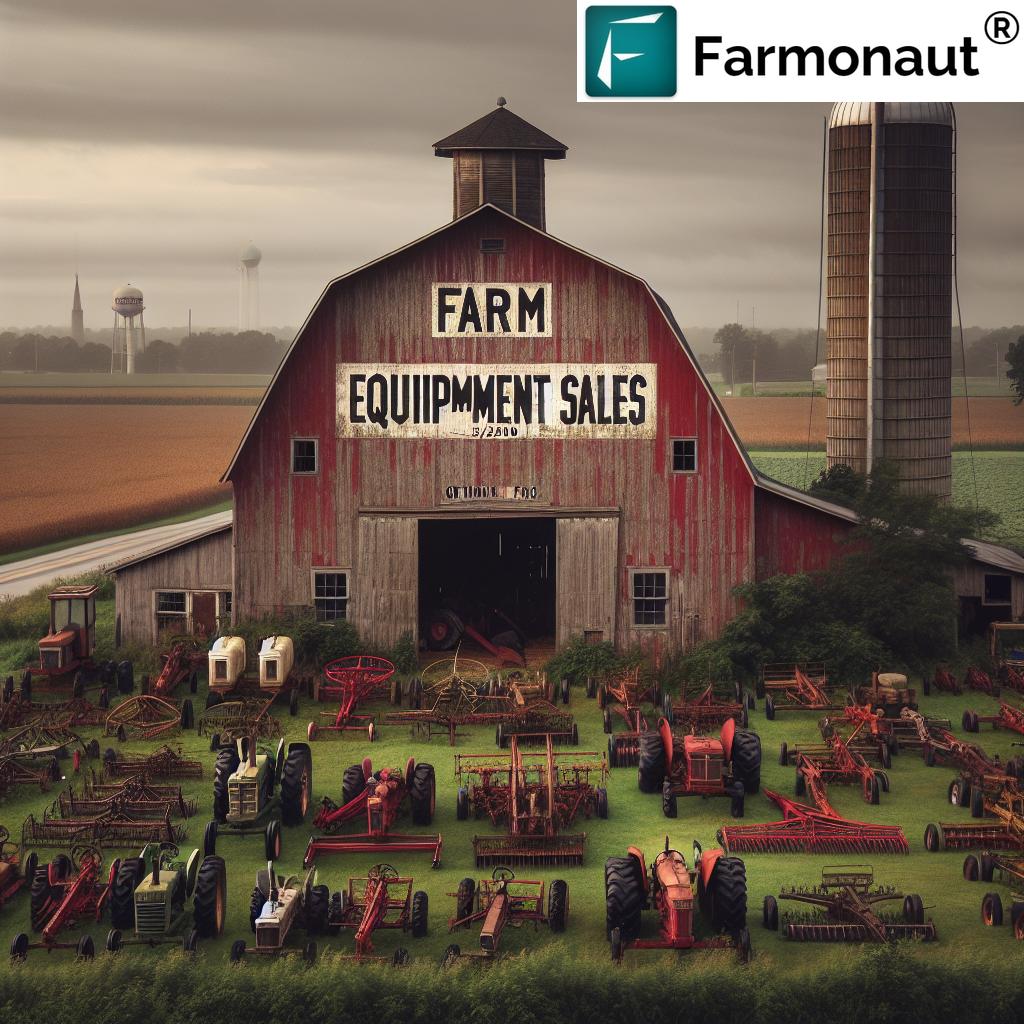
The Impact on Local Farmers and the Community
The closure of Anderson Equipment, Inc. is not just the end of a business; it represents a significant shift in how our local farming community accesses vital resources. Let’s examine the various ways this closure will affect our agricultural landscape:
- Reduced Access to Specialized Equipment: Farmers will need to find new sources for short-line farming equipment and grain handling products.
- Loss of Local Expertise: The knowledgeable staff at Anderson Equipment have been a valuable resource for farmers seeking advice and solutions.
- Increased Travel Time for Services: Farmers may need to travel further for equipment maintenance and repairs.
- Potential Rise in Costs: With fewer local options, there’s a possibility of increased prices for equipment and services.
- Community Impact: The closure affects not just farmers but also employees and their families, contributing to changes in the local economy.
As we navigate this transition, it’s crucial for our farming community to come together and explore alternative solutions to meet our equipment and service needs.
A Closer Look at the Closure Timeline
“The March 31, 2025 closure date gives farmers a limited window to acquire equipment during the dealer’s inventory clearance.”
With the announced closure date of March 31, 2025, farmers in Washington Court House and surrounding areas have a defined timeline to prepare for this significant change. Here’s what customers need to know:
- Final Purchases: All remaining parts will be available for purchase until the closure date.
- Payment Options: Customers can make payments via check, credit card, or cash.
- Account Settlement: It’s crucial for customers to settle any outstanding accounts as soon as possible.
- Inventory Clearance: This period presents an opportunity for farmers to acquire tools and machinery at potentially reduced prices during the inventory clearance.
We encourage our local farming community to take advantage of this window to assess their equipment needs and make any necessary purchases before the closure.
Looking Ahead: Alternatives for Farm Equipment and Services
As we face the reality of Anderson Equipment’s closure, it’s essential to explore alternative options for farming equipment suppliers and agricultural parts and services. Here are some strategies our farming community can consider:
- Exploring Nearby Dealers: Investigate other farm equipment dealers in Ohio that may offer similar products and services.
- Online Marketplaces: Consider reputable online platforms specializing in agricultural equipment and parts.
- Manufacturer Direct: Some equipment manufacturers offer direct sales and support to farmers.
- Cooperative Buying: Farmers might consider forming buying groups to leverage collective purchasing power.
- Mobile Repair Services: Look into mobile technicians who can provide on-site equipment maintenance and repairs.
While these alternatives may help fill the gap left by Anderson Equipment’s closure, it’s clear that our community will need to adapt to a new landscape of farm equipment and service provision.

The Changing Landscape of Farm Equipment Dealers in Ohio
The closure of Anderson Equipment is not an isolated incident but part of a broader trend affecting farm equipment dealers across Ohio and the United States. Several factors contribute to this changing landscape:
- Industry Consolidation: Larger dealerships are acquiring smaller, independent operations.
- Technological Advancements: The increasing complexity of farm machinery requires more specialized knowledge and resources.
- Economic Pressures: Fluctuating commodity prices and economic uncertainties impact both farmers and equipment dealers.
- Changing Farm Sizes: The trend towards larger farms can affect the demand for certain types of equipment.
These changes present both challenges and opportunities for our farming community. While we may lose the personalized service of long-standing local dealers, we also have the chance to embrace new technologies and approaches to farm management.
Embracing Technology in Agriculture
As we navigate this transition, it’s worth considering how technology can help bridge some of the gaps left by traditional equipment dealers. One such solution is Farmonaut, a pioneering agricultural technology company that offers advanced, satellite-based farm management solutions.
Farmonaut’s platform provides valuable services such as:
- Real-time crop health monitoring
- AI-based advisory systems
- Blockchain-based traceability
- Resource management tools
While Farmonaut doesn’t replace the need for physical equipment, its technology can help farmers optimize their operations, potentially reducing equipment needs and improving overall efficiency.
For those interested in integrating Farmonaut’s technology into their farming practices, you can explore their offerings through their  or
or  .
.
Supporting the Local Farming Community
As we face this significant change in our agricultural landscape, it’s crucial that we come together as a community to support our local farmers. Here are some ways we can help:
- Knowledge Sharing: Create forums or groups where farmers can share information about alternative equipment sources and services.
- Community Workshops: Organize events to help farmers learn about new technologies and farming methods that can help offset the loss of local equipment dealers.
- Local Government Engagement: Work with local officials to attract new agricultural businesses to the area or develop programs to support existing farms.
- Cooperative Initiatives: Explore the possibility of forming farmer-owned cooperatives for equipment sharing or bulk purchasing.
By working together, we can turn this challenge into an opportunity to strengthen our farming community and ensure its long-term sustainability.
The Role of Technology in Modern Farming
As we adapt to the changing landscape of farm equipment dealers, it’s worth exploring how technology can complement traditional farming practices. Farmonaut’s satellite-based solutions offer a glimpse into the future of agriculture, where data-driven insights can help farmers make more informed decisions about their operations.
While these technologies can’t replace the hands-on equipment and services provided by dealers like Anderson Equipment, they can help farmers optimize their operations and potentially reduce their reliance on certain types of machinery.
Impact of Farm Equipment Dealer Closure on Local Agriculture
| Impact Area | Short-term Effects (0-6 months) | Long-term Effects (6+ months) | Estimated Number of Affected Farmers | Potential Alternative Solutions |
|---|---|---|---|---|
| Equipment Access | Limited availability of short-line farming equipment | Potential shift to alternative brands or equipment types | 200-300 | Explore nearby dealers, online marketplaces |
| Maintenance Services | Increased travel time for equipment servicing | Development of new local service providers | 400-500 | Mobile repair services, community workshops |
| Parts Availability | Reduced access to specific parts for existing equipment | Gradual transition to more readily available parts | 300-400 | Stock up on essential parts, explore online suppliers |
| Local Expertise | Loss of immediate access to specialized knowledge | Emergence of new local experts or community knowledge sharing | All local farmers | Create farmer networks, engage with agricultural extension services |
| Equipment Costs | Potential short-term increase due to limited local competition | Market adjustment as new suppliers enter the area | All equipment purchasers | Group purchasing, exploration of leasing options |
Adapting to Change: Strategies for Farmers
As we navigate this transition, it’s important for farmers to develop strategies to adapt to the changing landscape of farm equipment access and support. Here are some approaches to consider:
- Preventive Maintenance: Implement rigorous maintenance schedules to extend the life of existing equipment.
- Skill Development: Invest in training to handle more equipment maintenance and minor repairs in-house.
- Network Building: Forge connections with farmers in neighboring areas to share resources and information.
- Technology Adoption: Explore precision agriculture technologies that can optimize equipment use and potentially reduce the need for certain machinery.
- Financial Planning: Work with agricultural financial advisors to develop strategies for equipment investment and replacement in the new landscape.
By proactively addressing these areas, farmers can better position themselves to thrive despite the challenges posed by the closure of local equipment dealers.
The Future of Farming in Washington Court House
While the closure of Anderson Equipment, Inc. marks the end of an era, it also presents an opportunity for our farming community to evolve and adapt. As we look to the future, we see several potential developments:
- Emergence of New Businesses: The gap left by Anderson Equipment could attract new agricultural service providers to the area.
- Increased Cooperation: Farmers may form new alliances and cooperatives to address shared equipment and service needs.
- Technology Integration: Greater adoption of precision agriculture technologies could change how farms operate and manage resources.
- Diversification: Some farmers may explore new crops or farming methods that require different types of equipment.
- Community Initiatives: Local government and community organizations may develop programs to support farmers during this transition.
These changes, while challenging, also present opportunities for innovation and growth in our agricultural sector.
Leveraging Technology for Farm Management
As we adapt to the changing landscape of farm equipment access, it’s worth exploring how technology can help farmers optimize their operations. Farmonaut’s satellite-based farm management solutions offer a range of tools that can complement traditional farming practices:
- Crop Health Monitoring: Real-time data on vegetation health can help farmers make informed decisions about irrigation and pest management.
- AI Advisory System: Personalized recommendations can assist in crop management strategies.
- Resource Management: Tools for efficient allocation of resources can help reduce waste and optimize equipment use.
While these technologies don’t replace the need for physical equipment, they can help farmers make more informed decisions about when and how to use their machinery, potentially extending its lifespan and improving overall farm efficiency.
For those interested in exploring Farmonaut’s offerings, you can access their services through their web application or mobile apps available for Android and iOS.
Community Support and Resources
As our farming community navigates this transition, it’s important to be aware of the support and resources available. Here are some avenues to explore:
- Agricultural Extension Services: These programs offer educational resources and expert advice on various farming topics.
- Farm Bureau: Local chapters can provide support, advocacy, and networking opportunities.
- Community Colleges: Many offer courses in agricultural technology and equipment maintenance.
- Online Forums and Communities: Platforms where farmers can share experiences and advice about equipment and farming practices.
- Local Government Programs: Check for any initiatives or grants aimed at supporting the agricultural sector during this transition.
By tapping into these resources, farmers can gain valuable knowledge and support as they adapt to the changing landscape of farm equipment and services.
Embracing Innovation in Agriculture
While the closure of Anderson Equipment presents challenges, it also offers an opportunity for our farming community to embrace innovation. Here are some areas where technology and new approaches are shaping the future of agriculture:
- Precision Agriculture: Using data and technology to optimize farming practices.
- Sustainable Farming Methods: Exploring techniques that reduce environmental impact and resource use.
- Alternative Crop Varieties: Considering new crop types that may be better suited to changing climate conditions.
- Vertical Farming: Exploring urban farming techniques that could complement traditional agriculture.
- Blockchain in Agriculture: Using technology to improve traceability and transparency in the food supply chain.
By staying open to these innovations, our farming community can not only overcome the challenges posed by the loss of local equipment dealers but also position itself at the forefront of modern agriculture.
Looking to the Future: Opportunities in Agricultural Technology
As we navigate the challenges posed by the closure of Anderson Equipment, it’s worth considering how emerging technologies can support and enhance farming practices. Farmonaut’s suite of tools represents just one aspect of the broader agricultural technology landscape. Here are some ways farmers can leverage these advancements:
- Satellite Imagery Analysis: Use remote sensing data to monitor crop health and make informed decisions about resource allocation.
- AI-Powered Predictions: Leverage artificial intelligence to forecast weather patterns and optimize planting and harvesting schedules.
- IoT Sensors: Implement Internet of Things devices to monitor soil conditions, equipment performance, and more in real-time.
- Drone Technology: Explore the use of drones for crop spraying, monitoring, and mapping to improve efficiency and reduce labor costs.
- Data-Driven Decision Making: Utilize comprehensive farm management platforms to make informed decisions based on historical and real-time data.
By embracing these technologies, farmers can potentially offset some of the challenges posed by reduced access to traditional equipment dealers, while also positioning themselves for long-term success in an increasingly tech-driven agricultural landscape.
Farmonaut: A Tool for Modern Farming
As we discuss technological solutions, it’s worth highlighting how Farmonaut’s offerings can support farmers during this transition and beyond. While not a replacement for traditional farm equipment, Farmonaut’s platform provides valuable tools for optimizing farm operations:
- Satellite-Based Crop Monitoring: Get real-time insights into crop health, helping to optimize resource use and potentially reduce equipment needs.
- AI Advisory System: Receive personalized recommendations for crop management, potentially improving yield and reducing reliance on certain types of equipment.
- Resource Management Tools: Optimize the use of existing equipment and resources through data-driven insights.
- Weather Forecasting: Make informed decisions about when to deploy equipment based on accurate weather predictions.
For farmers interested in exploring these tools, Farmonaut offers various subscription options to suit different needs and farm sizes.
Frequently Asked Questions
As we navigate this transition, many farmers in our community have questions about the implications of Anderson Equipment’s closure and how to move forward. Here are some frequently asked questions:
Q: What happens to my equipment warranty after Anderson Equipment closes?
A: Equipment warranties are typically backed by the manufacturer, not the dealer. Contact the manufacturer directly for information about your warranty coverage and service options.
Q: Where can I get parts for my existing equipment after the closure?
A: Look into online parts retailers, neighboring equipment dealers, or contact the equipment manufacturers directly. Some may offer direct-to-consumer parts sales.
Q: How can I find a new service provider for my equipment?
A: Research nearby dealers, independent mechanics specializing in farm equipment, or consider mobile repair services. Your local Farm Bureau may also have recommendations.
Q: Will there be any assistance programs for farmers affected by this closure?
A: Check with local agricultural extension offices and the Ohio Department of Agriculture for any support programs or resources that may be available.
Q: How can technology like Farmonaut help me during this transition?
A: While Farmonaut doesn’t provide physical equipment, its satellite-based monitoring and AI advisory systems can help optimize your farm operations, potentially reducing equipment needs and improving overall efficiency.
Conclusion: Embracing Change and Moving Forward
The closure of Anderson Equipment, Inc. after 45 years of service marks a significant shift for our farming community in Washington Court House, OH. While this change brings challenges, it also presents opportunities for innovation and growth in our agricultural sector.
As we navigate this transition, it’s crucial that we come together as a community to support one another. By exploring new technologies, forming partnerships, and leveraging available resources, we can ensure that our farming industry not only survives but thrives in the face of change.
The future of farming in Washington Court House may look different, but with resilience, adaptability, and a willingness to embrace new approaches, our agricultural community can continue to flourish for generations to come.
Earn With Farmonaut: Affiliate Program
Earn 20% recurring commission with Farmonaut’s affiliate program by sharing your promo code and helping farmers save 10%. Onboard 10 Elite farmers monthly to earn a minimum of $148,000 annually—start now and grow your income!
As we look to the future, let’s remember that change, while often challenging, can also be a catalyst for progress. By embracing new technologies, fostering community cooperation, and remaining adaptable, the farming community of Washington Court House can turn this moment of transition into an opportunity for growth and innovation.


